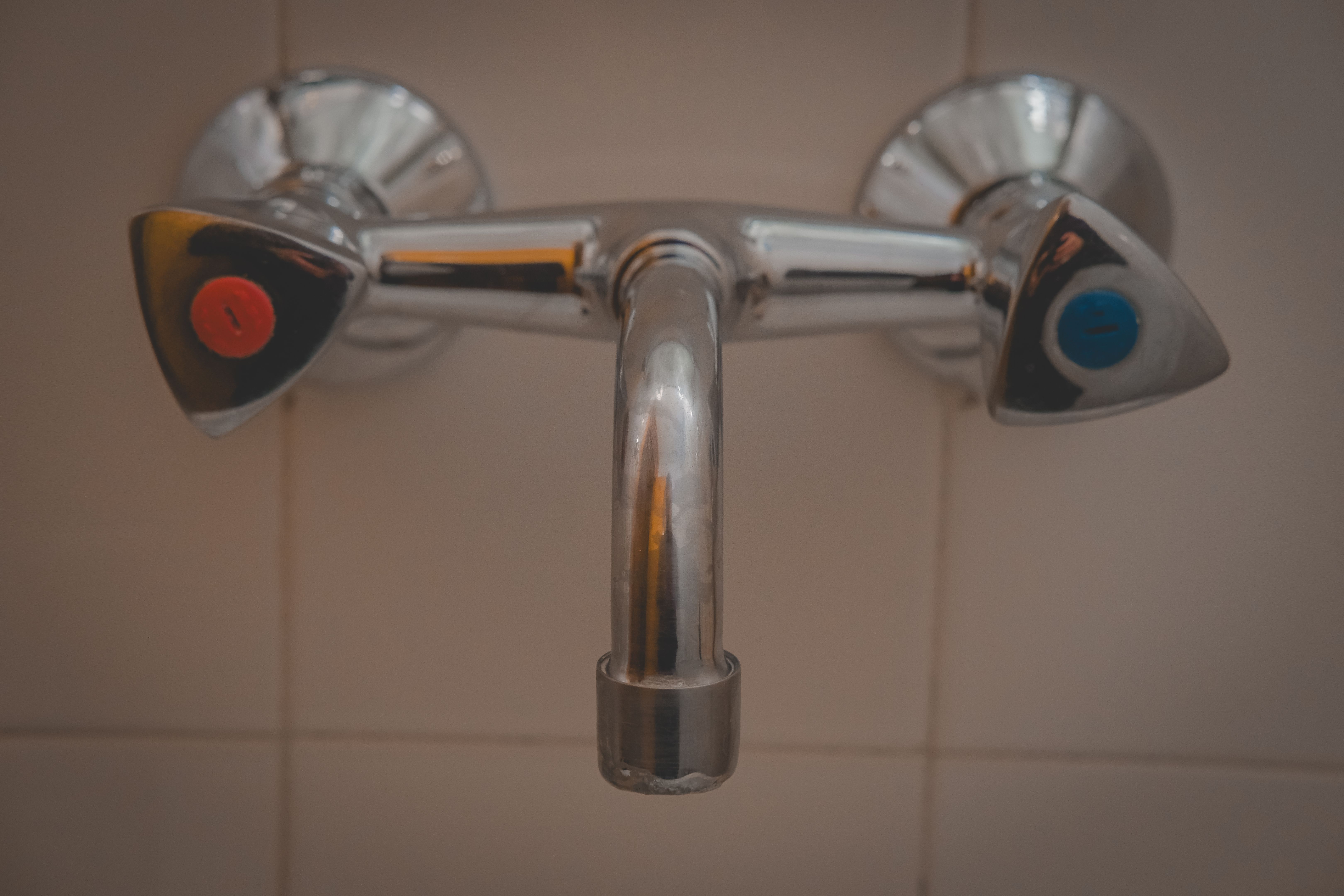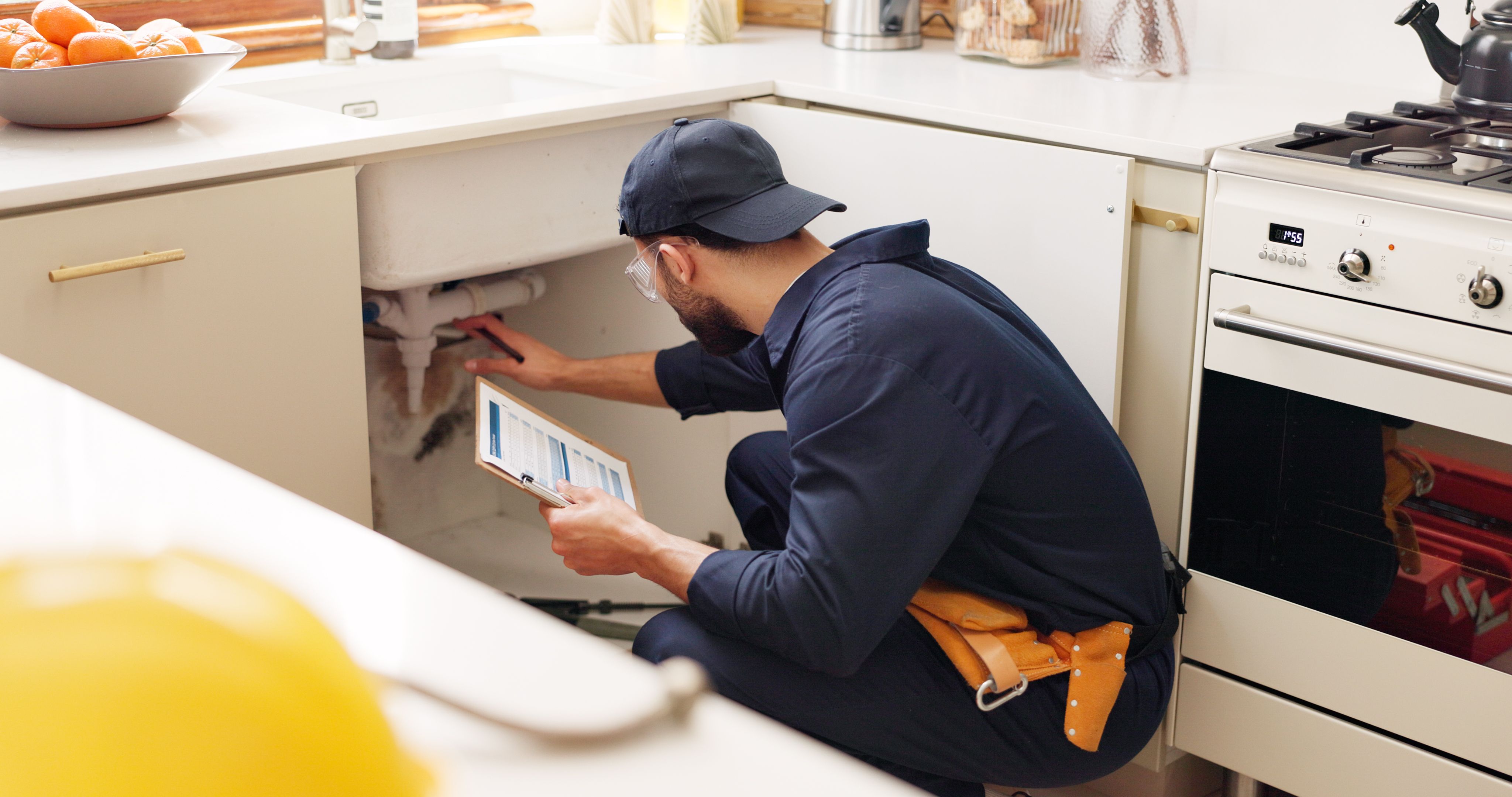DIY Guide: Fixing a Leaky Faucet in Minnesota
Understanding the Basics of Faucet Leaks
Dealing with a leaky faucet can be both frustrating and costly if not addressed promptly. In Minnesota, where temperatures can fluctuate significantly, it's important to ensure that your plumbing is in good shape to prevent further damage. Understanding the basic components of a faucet and how they work is crucial in tackling this common household issue.
A faucet consists of a spout, handles, and several other small components like washers and gaskets. The root cause of most leaks is usually a worn-out washer or a damaged O-ring. Identifying the type of faucet you have—compression, ball, cartridge, or ceramic disk—is the first step in the repair process.

Gathering the Necessary Tools
Before you begin repairing your leaky faucet, it's important to gather all the necessary tools. This will make the process smoother and save time. You’ll typically need an adjustable wrench, screwdriver set, replacement washers or cartridges, plumber's tape, and a small bucket or towel to catch excess water.
Having these tools on hand will make it easier to disassemble the faucet and replace any faulty parts. It's also a good idea to have some cleaning supplies ready, as mineral deposits can build up on faucet components over time.
Step-by-Step Repair Process
Once you have your tools ready, you can start the repair process. Follow these steps to fix your leaky faucet:
- Turn off the water supply: Locate the water valves under the sink and turn them clockwise to shut off the water.
- Disassemble the faucet: Remove any decorative caps and unscrew the handle using a screwdriver. Carefully take apart the faucet components.
- Inspect and replace parts: Examine washers, seals, and O-rings for wear and tear. Replace any damaged parts with new ones.
- Reassemble the faucet: Once you've replaced the faulty components, reassemble the faucet in reverse order. Make sure everything is tightened securely.
- Turn on the water supply: Slowly turn the water valves back on and check for leaks.

Troubleshooting Common Issues
If you’ve gone through the repair process and your faucet is still leaking, there might be other underlying issues. Double-check that all components are installed correctly and that there are no additional damages you might have missed initially. A persistent leak could indicate a more serious plumbing problem, in which case consulting a professional plumber might be necessary.
Also, ensure that you have used the correct replacement parts for your specific faucet model. Using incompatible parts can often lead to further complications and leaks.
Preventative Measures and Maintenance Tips
Regular maintenance can prevent many common plumbing issues, including leaky faucets. Consider these preventative measures:
- Regularly clean faucet aerators to remove mineral buildup.
- Check for any signs of wear or corrosion periodically.
- Replace washers and seals as soon as they show signs of damage.
By keeping a routine maintenance schedule, you can extend the life of your faucets and avoid costly repairs in the future.

When to Call a Professional
While DIY repairs can be effective for minor issues, there are times when calling a professional is necessary. If you’ve attempted to fix a leaky faucet multiple times without success or if you're dealing with complex plumbing issues, hiring a qualified plumber in Minnesota can ensure that the problem is resolved safely and efficiently.
Professional plumbers have specialized tools and extensive knowledge that can help diagnose and repair issues that are beyond basic DIY skills. Don't hesitate to reach out for expert help if needed. Call Goss Plumbing!
The Environmental Impact of Leaky Faucets
A leaky faucet is not just an inconvenience; it also has environmental implications. Even a small drip can waste significant amounts of water over time. In Minnesota, where natural resources are highly valued, conserving water is an important consideration for many homeowners.
By fixing leaks promptly, you contribute to environmental conservation efforts and potentially reduce your water bill. Being mindful of water usage benefits both your household budget and the planet.
Conclusion
Tackling a leaky faucet might seem daunting at first, but with the right tools and guidance, it’s a manageable DIY project. Understanding your faucet's components, having necessary tools on hand, following a clear repair process, and knowing when to call for professional help are all crucial steps in fixing leaks effectively. Regular maintenance and being conscious of water conservation can prevent future issues and contribute positively to both your home environment and the broader community in Minnesota.
